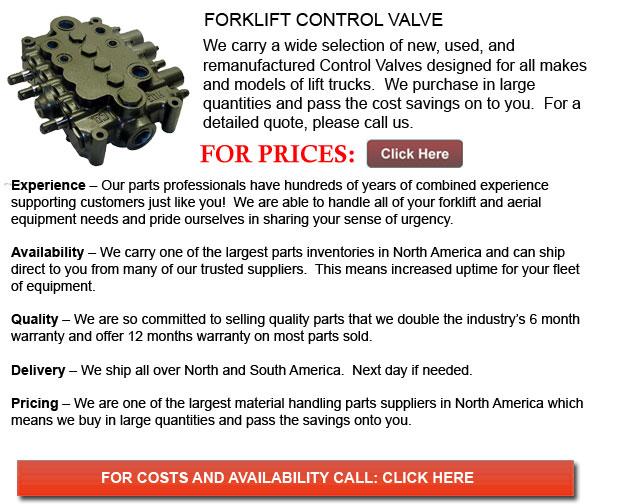
Forklift Control Valves - The first automated control systems were being utilized more that two thousand years ago. In Alexandria Egypt, the ancient Ktesibios water clock made in the third century is believed to be the first feedback control machine on record. This particular clock kept time by means of regulating the water level within a vessel and the water flow from the vessel. A common design, this successful device was being made in the same manner in Baghdad when the Mongols captured the city in 1258 A.D.
A variety of automatic equipment throughout history, have been used in order to accomplish particular tasks. A common desing utilized all through the 17th and 18th centuries in Europe, was the automata. This device was an example of "open-loop" control, featuring dancing figures that will repeat the same task repeatedly.
Feedback or also known as "closed-loop" automatic control equipments include the temperature regulator found on a furnace. This was developed in the year 1620 and accredited to Drebbel. Another example is the centrifugal fly ball governor developed during 1788 by James Watt and used for regulating the speed of steam engines.
The Maxwell electromagnetic field equations, discovered by J.C. Maxwell wrote a paper in 1868 "On Governors," which was able to describing the exhibited by the fly ball governor. So as to describe the control system, he utilized differential equations. This paper exhibited the usefulness and importance of mathematical methods and models in relation to comprehending complicated phenomena. It even signaled the start of mathematical control and systems theory. Previous elements of control theory had appeared earlier by not as convincingly and as dramatically as in Maxwell's analysis.
New control theories and new developments in mathematical techniques made it possible to more precisely control more dynamic systems as opposed to the original model fly ball governor. These updated methods consist of various developments in optimal control in the 1950s and 1960s, followed by progress in stochastic, robust, optimal and adaptive control methods during the 1970s and the 1980s.
New technology and applications of control methodology has helped make cleaner engines, with cleaner and more efficient processes helped make communication satellites and even traveling in space possible.
Primarily, control engineering was practiced as a part of mechanical engineering. Furthermore, control theory was firstly studied as part of electrical engineering in view of the fact that electrical circuits could often be simply explained with control theory methods. At present, control engineering has emerged as a unique discipline.
The first control relationships had a current output which was represented with a voltage control input. For the reason that the correct technology in order to implement electrical control systems was unavailable then, designers left with the choice of slow responding mechanical systems and less efficient systems. The governor is a really effective mechanical controller which is still normally used by some hydro plants. Ultimately, process control systems became obtainable previous to modern power electronics. These process controls systems were normally used in industrial applications and were devised by mechanical engineers utilizing pneumatic and hydraulic control machines, a lot of which are still being utilized today.
![]() Click to Download the pdf
Click to Download the pdf
Forklift Parts
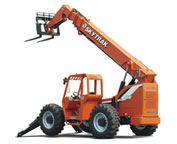


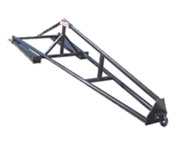
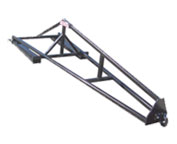

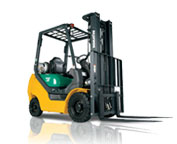
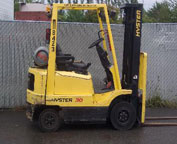
Lift Parts Express
TOLL FREE: 1-888-695-7994
LOCAL: 909-259-9336
1030 NORTH MOUNTAIN AVE 341
Ontario, California
forkliftpartsinontario.com
Email Us
About Us


